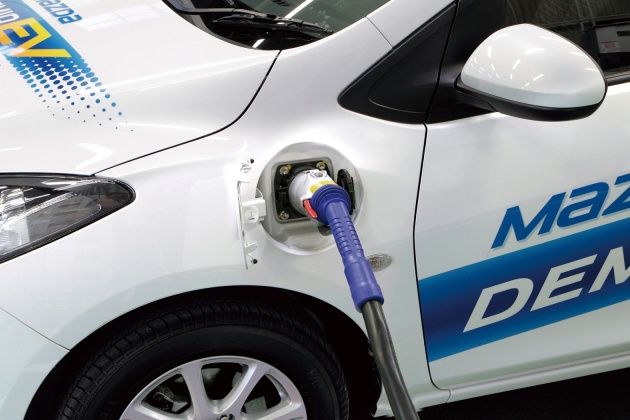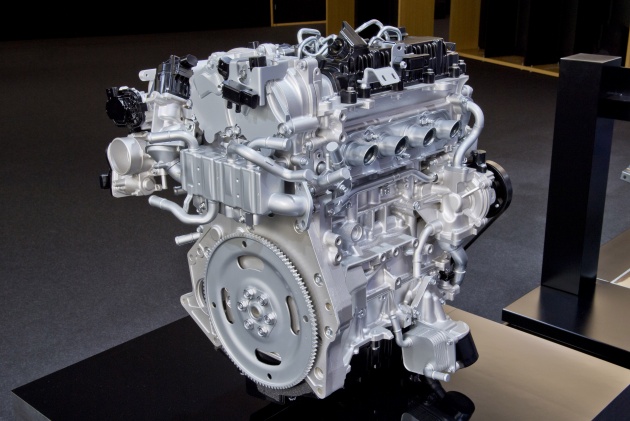Mazda’s SkyActiv range of powertrains have won it big fans, but the company is now at a crossroads. It had a fleet average carbon dioxide emissions figure of 135.2 grams per kilometre last year (according to JATO Dynamics), but incoming European regulations in 2021 require an average of 95 grams per kilometre. Fail to meet that figure, and it will face some hefty fines.
It seems that in such a hostile climate, Mazda is finally betting big on electrification to reach the target. Speaking to Automotive News, the company’s CEO Akira Marumoto said that it will introduce its first pure electric vehicle next year, before putting plug-in hybrids on sale in 2021 or 2022.
He added that the first EV will be built on Mazda’s existing architecture, as previously reported, but it is currently developing a new architecture with Toyota specifically for electric motivation. It remains to be seen if this collaboration is in any way related to a similar, recently announced tie-up between Toyota and Subaru.
But Mazda won’t be relying on EVs alone, and the company’s new SkyActiv-X engine, which uses what it calls Spark Plug Controlled Compression Ignition (SPCCI) to deliver increased fuel efficiency, is a big part of its future plans. This engine, Marumoto says, is capable of carbon dioxide emissions below 100 grams per kilometre. “So we will eventually achieve the target, although we will have some difficulties in 2020,” he said.
While demand for diesel Mazda 2 and 3 models has been shrinking – one of the reasons why the company drifted away from its emissions target – Marumoto said it won’t give up on oil burners just yet. He claimed that sales of diesel engines in SUVs like the CX-5 will stabilise, and that Mazda believes the fuel is still the most efficient way to power large sedans and SUVs, particularly when paired to an electric motor.
Marumoto added that by 2030, every Mazda will feature at least some form of electrification, with most of its current powertrains to be replaced by SkyActiv-X and further next-generation engines. And since the SkyActiv-X engine is sort of a hybrid between a petrol and diesel engine, it can be used as a basis for a new generation of diesels, he said.
The company also has no plans to share its engine technology with other carmakers, despite its partnership with Toyota. “Mazda is a small company, so we have to focus on our uniqueness, and I believe our engines are very unique,” said Marumoto. “If we share our engines with other companies, that would dilute our uniqueness. Therefore, we have no plans to do so.”
Lastly, Marumoto reiterated Mazda’s plans to bring the legendary rotary engine back into production, albeit initially as a range extender for an electric vehicle. “Inside Mazda, we all have the dream of seeing one day a vehicle powered by a rotary engine,” he said. “But given the number of things we have to do, we had to put this on the back burner, and we have no timeframe.”
Research Mazda Cars at
Related Cars for Sale on
Source: Read Full Article























